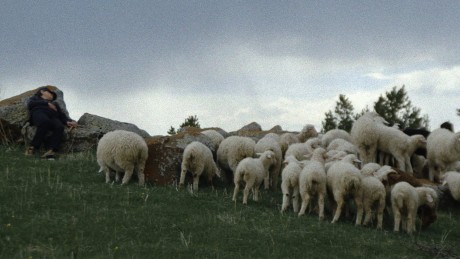


Important Questionnaire from EDN
Ahhh again! Someone asking you to fill in a questionnaire – were you happy with the festival, the workshop, the hotel you stayed at, the dinner you enjoyed and paid for… You know it and you don’t like it. And if you don’t answer, be sure they will come back.
The same as director of EDN (European Documentary Network) Paul Pauwels (PP) and his office in Copenhagen has done again and again. BUT WITH QUITE A DIFFERENT AIM that points to the future. I have always been sceptical when it comes to studies, especially to academic ones, but having been pushed gently by PP, I clicked on the link below and went quickly to the questionnaire, that is actually very well put together showing that ”they” know what they are talking about.
It’s part of the EDN’s ”Media and Society” survey that EDN and partners want to be the fundament for setting up a policy for the future of the documentary genre, in all its aspects.
The questionnaire is NOT ONLY FOR EDN MEMBERS, who are primarily producers/productions companies and institutions. I would strongly advice also directors, camerapersons, editors etc. to take a look at the questionnaire.
And if I may be ”geographical”: EDN has far too few members from the Eastern part of Europe – and their situation is quite different from the (rich) countries in the West of Europe like France, Germany, the Nordic … so come on Baltic makers, Polish, Belorussians, Czech, Slovaks, Hungarians, Croats, Serbs, Macedonians, Montenegrins, Slovenians, Russians, Georgians, Ukrainians… take a look, give your answers, make your voices heard! How do you see the documentary world today and tomorrow? About 30 minutes online, it’s nothing!
